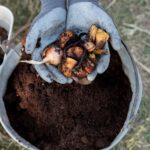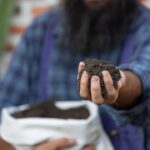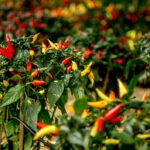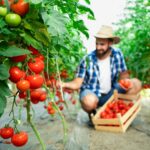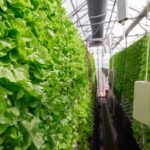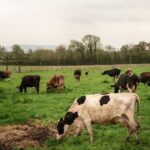Harvesting rainwater for farming is an eco-friendly and cost-effective way to secure a water supply, especially in regions with irregular rainfall. By capturing and storing rainwater, farmers can reduce dependency on groundwater and irrigation systems, improve crop yield, and promote sustainable agriculture. This guide covers everything you need to know about how to harvest rainwater for farming efficiently.
Water scarcity is one of the biggest challenges faced by farmers worldwide. Rainwater harvesting helps by providing an alternative water source during dry spells, reducing soil erosion and runoff, improving water availability for crops and livestock, and lowering water costs while conserving groundwater.
Before setting up a rainwater harvesting system, it is important to evaluate rainfall patterns to understand how much rain your area receives annually and during different seasons. Identify surfaces where rainwater can be collected, such as rooftops, farmyard surfaces, or specially designed catchment areas. Soil type and slope also influence water absorption and runoff.
There are various ways to collect rainwater on a farm. Roof rainwater harvesting involves collecting rainwater from building rooftops, using gutters and downspouts to direct water into storage tanks or ponds. This method yields relatively clean water ideal for irrigation or livestock. Surface runoff harvesting uses contour trenches, bunds, or small dams to capture runoff from fields or hillsides, preventing erosion and storing water for later use. Larger open catchment areas can gather rainwater, which is then directed into reservoirs or ponds.
Proper storage is critical to maximize the benefits of harvested rainwater. Storage options include water tanks made from plastic, concrete, or metal, earthen ponds that store large volumes ideal for irrigation, and check dams constructed across gullies to store water and recharge groundwater. When designing storage, consider size based on water demand and catchment potential, materials to prevent leakage and contamination, and protection against mosquitoes and algae growth.
Filtering rainwater helps remove debris, leaves, and sediments before storage or use. Mesh screens on gutters and inlets, first-flush diverters to discard initial dirty runoff, and sand or charcoal filters are useful, especially if the water is for sensitive crops or livestock. Pipes, channels, or pumps transport water efficiently from catchment to storage and eventually to the fields.
Maintaining the rainwater harvesting system is essential for optimal function. Regularly clean gutters, filters, and tanks to prevent clogging and contamination. Inspect for leaks or damage, especially after storms, and monitor water quality if used for livestock or sensitive crops.
Harvesting rainwater saves money on irrigation and groundwater extraction, improves crop resilience by providing water during dry spells, supports sustainable agriculture by reducing environmental impact, and enhances soil moisture retention while reducing erosion.
To succeed, start small and scale up as you learn what works best for your farm. Combine rainwater harvesting with other water-saving techniques like drip irrigation, seek advice from local experts or agricultural extension officers, and ensure your system complies with local regulations.
By harvesting rainwater, farmers can secure a reliable water source, boost productivity, and contribute to sustainable farming practices. With careful planning and maintenance, rainwater harvesting can transform farming operations in water-stressed areas.
Join 'Farmers Mag' WhatsApp Channel
Get the latest Farming news and tips delivered straight to your WhatsApp
CLICK HERE TO JOIN

